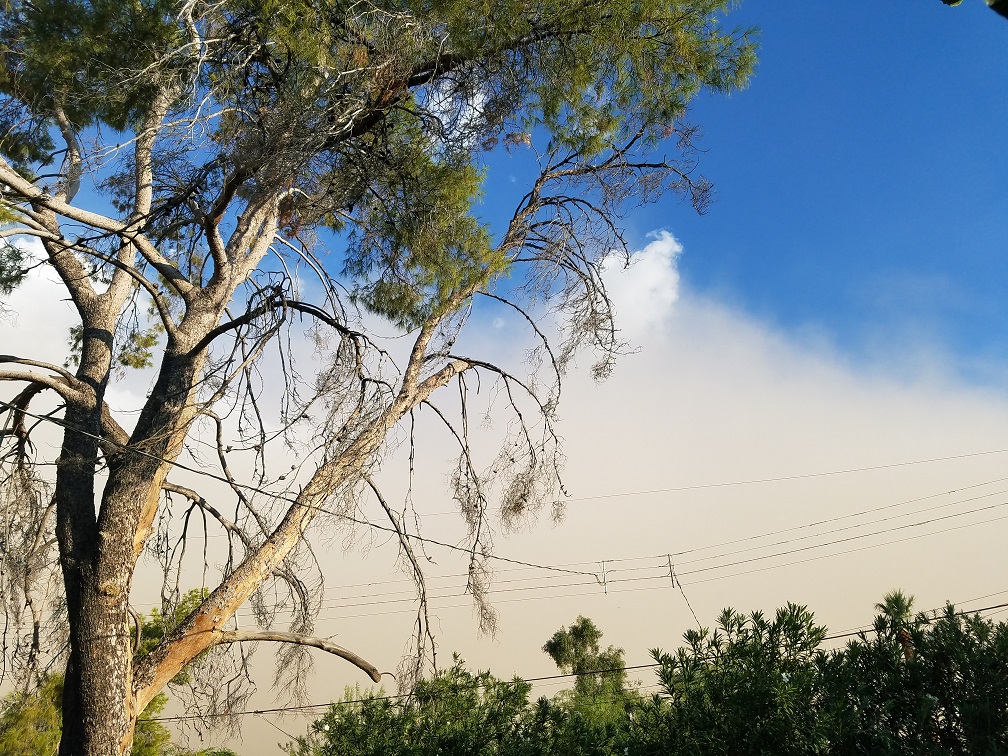 An estimated 150,000 people are infected each year in the United States by the fungus that causes Valley Fever (Coccidioidomycosis). The fungus is mostly found in the Southwest with 65 percent of all nationally reported cases residing in Arizona. There are more than 5,000 reported cases and 700 hospitalizations in Arizona each year. Although anyone who has been in an area where the fungus is present can get the disease, most people that are infected have mild symptoms or none at all. However, some people can suffer from severe disease such as pneumonia or the spread of the fungus from the lungs to other parts of the body, including the brain.
An estimated 150,000 people are infected each year in the United States by the fungus that causes Valley Fever (Coccidioidomycosis). The fungus is mostly found in the Southwest with 65 percent of all nationally reported cases residing in Arizona. There are more than 5,000 reported cases and 700 hospitalizations in Arizona each year. Although anyone who has been in an area where the fungus is present can get the disease, most people that are infected have mild symptoms or none at all. However, some people can suffer from severe disease such as pneumonia or the spread of the fungus from the lungs to other parts of the body, including the brain.
Our disease detectives continue to work with county health departments and the Valley Fever Center for Excellence at the University of Arizona to monitor the disease and provide education to healthcare providers and the public. As part of these efforts to raise awareness about the seriousness of the disease,
The take home message is that if you are having symptoms (cough, fever, or feeling exhausted), ask your doctor to test you for Valley Fever. For more information, check out the recently released 2015 Annual Valley Fever Report.










What is the health department doing in regards to funding for the vaccine to protect its citizens against Valley Fever? How are Dr’s being held accountable for understanding diseases specific to this region so that they can identify and diagnosis it quickly? Other than this one week a year what other efforts are being made to raise public awareness and understanding of this DEADLY disease.
Hello Jennifer,
Thank you for your post on this important issue. ADHS supports the Valley Fever Center for Excellence (VFCE) at the University of Arizona in their efforts to develop an effective vaccine for the prevention of valley fever. Funding for this research has been primarily from donations to the VFCE. For the most recent update on the valley fever vaccine, please visit here.
ADHS provides education on valley fever to healthcare providers through presentations and discussions at medical events, our AZ Infectious Disease Resource app and website, letters to medical associations, referrals to the clinical resources and support at the VFCE, and distribution of resources, such as the Valley Fever: Tutorial For Primary Care Professionals.
Besides the educational activities during Valley Fever Awareness Week, ADHS has a number of year-round public awareness efforts in coordination with county public health departments and partners at VFCE, including working with over 50 libraries in Maricopa, Pima, and Pinal counties to distribute valley fever educational brochures, posting messages about signs and symptoms of valley fever and resources on our website and our social media accounts, and providing presentations and educational materials at community events.
Please let us know if you have any further questions about our valley fever activities.